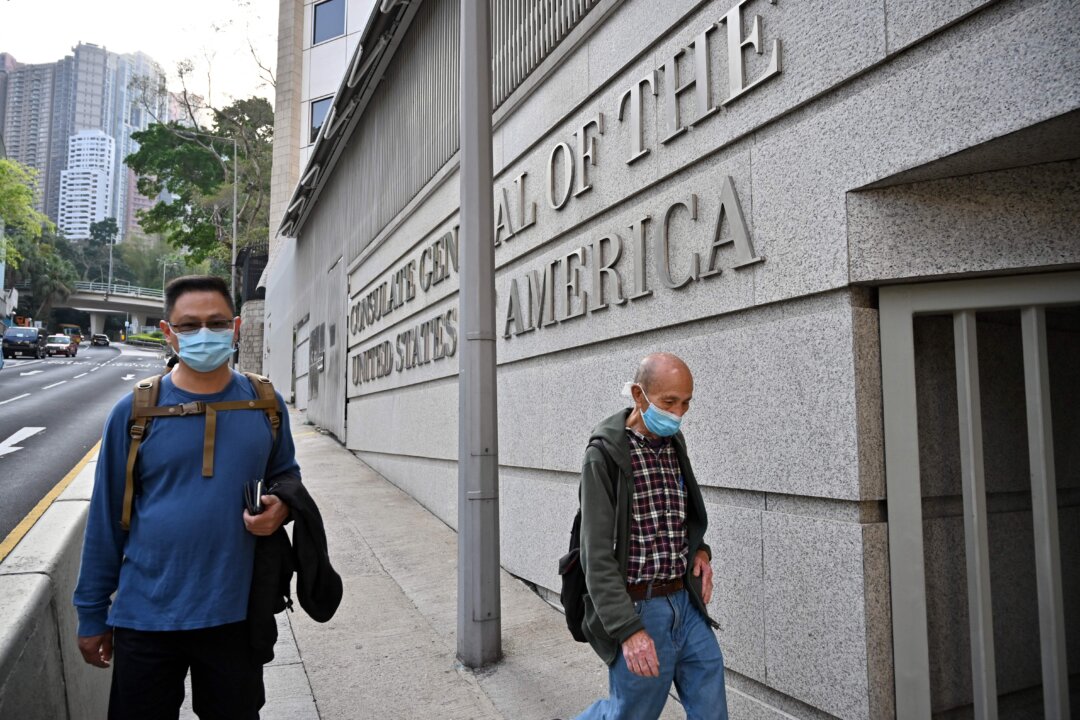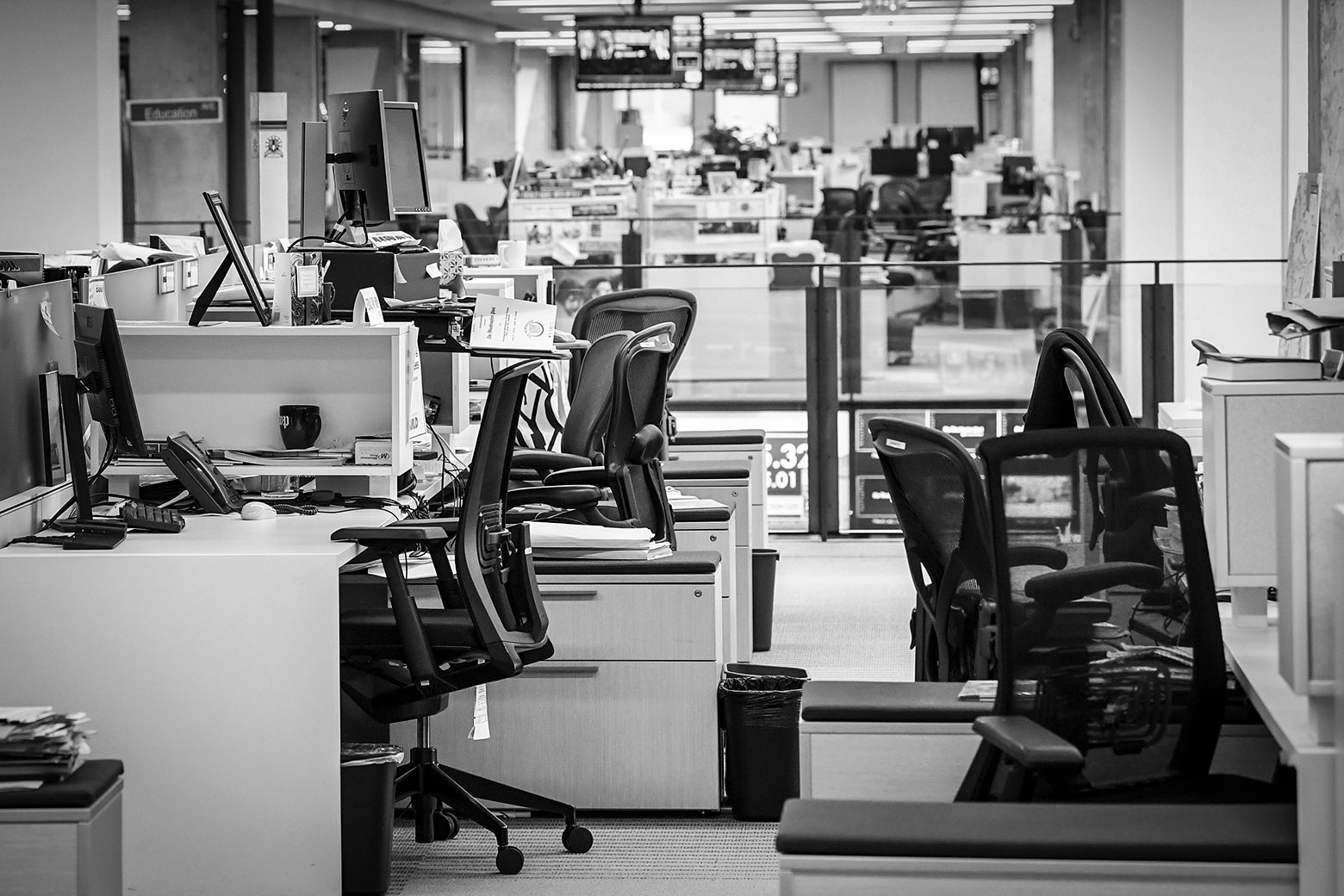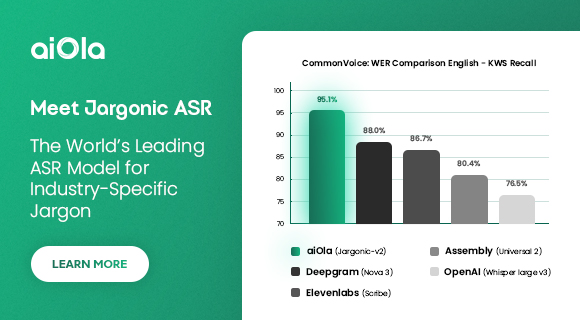With substantial economic assistance and market access, ’mere state visits won’t change the course of the region,' an analyst said.
China’s communist leader Xi Jinping has embarked on his first overseas trip this year, courting three Southeast Asian nations amidst heightened trade tensions with the United States.
However, analysts say that any breakthroughs are unlikely.
“Xi Jinping’s trip is aimed at restoring confidence among regional partners and to show that China is far from isolated,” Sun Kuo-hsiang, a professor at Taiwan’s Nanhua University, told The Epoch Times before Xi’s arrival in Hanoi on April 14.
But the reality is a bit more complex. “Southeast Asian countries tend to steer clear of picking sides: They appear friendly to China on the surface but hold reservations beneath that facade,” Sun said.
He said that for China to make a real impact, “it must provide substantial economic assistance and market access; otherwise, mere state visits won’t change the course of the region.”
After spending two days in Vietnam, Xi arrived in Malaysia’s Kuala Lumpur International Airport on Tuesday evening for a three-day trip, with Cambodia to be his final stop.
This is Xi’s first overseas trip this year and comes against the backdrop of rising tensions between China and the United States after a series of tit-for-tat tariff increases last week.
Analysts said this Southeast Asian trip aligns with a familiar pattern for the Chinese leader, who often embarks on foreign visits after the annual meeting of China’s rubber-stamp legislature in March. Last year, he began his overseas travels in France, while in 2023, after assuming his record-breaking third term as China’s head of state, he chose Russia for his first overseas stop.
“However, this trip indeed carries a different meaning, given the high tariffs the United States has imposed on relevant countries, including China,” said Huang Chung-ting, an expert on China-Southeast Asian relations at the Institute for National Defense and Security Research, a Taipei-based think tank that is funded by the Taiwanese government.
Among the destinations on Xi’s itinerary, Vietnam and Cambodia are at the top of the U.S. reciprocal tariff list, facing levies of 46 percent and 49 percent, respectively, although these tariffs have been postponed until July.
Huang told The Epoch Times that such hefty tariffs appeared to be a warning message.
Huang said that if these countries continue to cooperate with China “to help Chinese products go a long way into the United States under different origin labels and circumvent U.S. tariffs,” they might also face increased levies.
“While Xi Jinping seeks to draw these Southeast Asian countries closer through his visits, they must also carefully consider the potential risks of aligning too closely with China.”
Vietnam
During his first stop in Hanoi, Xi was hosted by Vietnam’s top leaders, including To Lam, the general secretary of the country’s ruling Communist Party.
On April 14, after their first engagements, Xi and Lam witnessed the signing of 45 memorandums of cooperation between China and Vietnam. According to statements from both sides, these agreements span multiple areas, including supply chains, artificial intelligence, and agricultural products.
Hanoi said in a separate statement that the deal package also includes collaboration on railway and road infrastructure, such as documentation for an $8 billion railway project that was adopted in February. Beijing has not released details regarding the railway construction or the specifics of any agreements.
China and Vietnam also issued a joint statement on April 15, reaffirming their commitment to strengthening their partnership and supporting a multilateral trade system centered around the World Trade Organization, among others.
Despite this show of solidarity, analysts believe that the relationship between the two communist neighbors may not be as close as it seems.
“It is unlikely Vietnam will fully align with Xi Jinping’s expectations,” said Huang, ahead of Xi’s departure for Malaysia.
An indication of that, Huang said, is that Vietnam was among the first nations to reach out to the U.S. President for tariff negotiations.
On April 4, Lam and Trump had a phone conversation during which they agreed to explore options for tariff removal. Then, on April 8, Prime Minister Pham Minh Chinh announced they had requested a delay on the hefty tariffs introduced by Trump on April 2, pledging to ramp up purchases of American goods in return.
Huang said Vietnam is particularly concerned about its trade relationship with the United States—which is its largest export market and key security ally—a sentiment shared by other Southeast Asian nations.

U.S. President Donald Trump meets with Prime Minister Nguyen Xuan Phuc of Vietnam in the Oval Office of the White House in Washington, on May 31, 2017. Olivier Douliery-Pool/Getty Images
“It’s no longer just about appeasing Beijing or fearing wrath. Rather, these countries are weighing the implications for their exports and economic growth. They are asking themselves, ‘Will there be issues ahead?’”
Besides trade, territorial disputes in the South China Sea also influence how Vietnam and other Asian nations approach Beijing, Yeh Yao-Yuan, a tenured professor at the University of St. Thomas in Houston, told The Epoch Times.
China claims nearly the entire South China Sea, a region where Vietnam, Malaysia, Brunei, the Philippines, and Taiwan also assert their rights over reefs, islands, and atolls.
If China continues its aggressive pursuit of territorial claims in the South China Sea, it “will drive its neighbors further away,” he said.
Trump said later on April 14 that discussions between the two leaders focused on how to harm Washington.
“I don’t blame China. I don’t blame Vietnam,” Trump told reporters in the Oval Office. “That’s a lovely meeting, meeting like trying to figure out: ‘How do we screw the United States of America?’

 2 months ago
5
2 months ago
5










 English (US) ·
English (US) ·